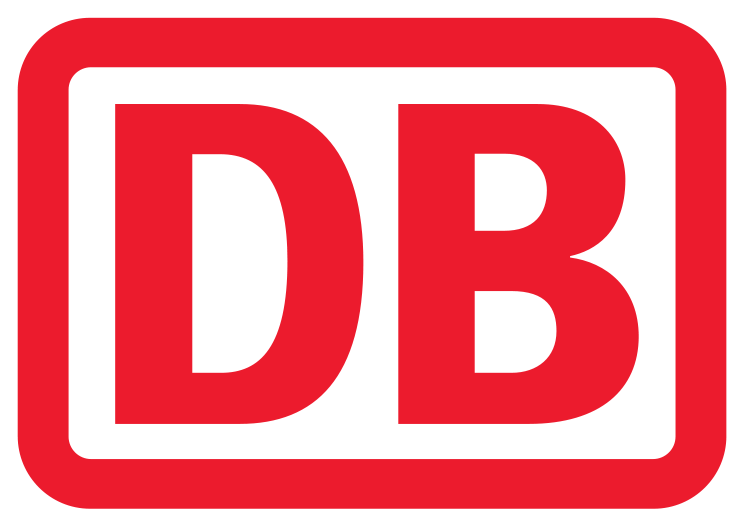Understanding, analyzing and interpreting company figures
Practical financial knowledge in compact form

Contents
Legal and regulatory aspects in accounting
- Commercial law principles and framework conditions.
- HGB versus IFRS.
- The essence of double-entry bookkeeping.
Understanding company figures
- The liquidity plan: Content and components of overall liquidity, time and content essay points, pitfalls and challenges in liquidity planning. Excursus: Strategic and operational corporate planning.
- Income statement: types of revenue and expenses, cash and non-cash components, significance and informative value, liquidity versus profitability.
- The balance sheet: How are assets and liabilities created? Tangible and intangible assets, transitory and accrued items, reserves versus provisions, the challenge of looking at the balance sheet date.
- The cash flow statement: components of corporate liquidity, operating liquidity and working capital, structure, calculation and informative value of the cash flow statement. Is there an optimal operating cash flow?
- Case Study: Create liquidity planning, P&L, balance sheet and cash flow statement yourself.
Analyzing and interpreting company figures
- Motivation financial analysis: Who does it and why?
- Guide to structured and professional financial analysis.
Qualitative company analysis
- Core business and key figures.
- Factors influencing the economic environment.
- Factors influenced by competition and lifecycle.
Quantitative company analysis
- The challenge of financial ratios: The diversity dilemma.
- Measures of liquidity, profitability, stability and efficiency: calculation, application, significance.
- Case study: Financial analysis using a company example.
- Case Study: The company without a name - how would you decide?
Learning environment
In your online learning environment, you will find useful information, downloads and extra services for this training course once you have registered.
Your benefit
Learn from concrete practical examples,
- The principles of commercial law on which accounting and annual financial statements are based and how these differ from international accounting standards,
- what the main components of the income statement, balance sheet and cash flow are and what significance and meaning they have,
- how to simplify complex relationships between liquidity, profitability and assets,
- which tools can be used to analyze company figures step by step,
- how the world of key figures can be categorized and
- how to interpret findings from financial analysis in a structured manner and derive options for action.
Methods
Lecture, practical examples, workshop atmosphere.
Recommended for
Interested persons from all sectors, from industry to the banking sector, who want to acquire a solid basic knowledge of P&L, balance sheet, liquidity and key figures. This includes managing directors, specialists and managers from areas such as purchasing, production and sales, auditing, project and risk management, IR/PR. Last but not least, junior staff from departments such as accounting, controlling and treasury. Junior corporate client advisors and analysts from banks, insurance companies and other financial service providers.
Further recommendations for "Understanding, analyzing and interpreting company figures"
Start dates and details
Wednesday, 04.02.2026
09:00 am - 5:00 pm
Thursday, 05.02.2026
09:00 am - 5:00 pm
- one joint lunch per full seminar day,
- Catering during breaks and
- extensive working documents.
Monday, 20.04.2026
09:00 am - 5:00 pm
Tuesday, 21.04.2026
09:00 am - 5:00 pm
- one joint lunch per full seminar day,
- Catering during breaks and
- extensive working documents.
- one joint lunch per full seminar day,
- Catering during breaks and
- extensive working documents.
- one joint lunch per full seminar day,
- Catering during breaks and
- extensive working documents.
 4.6
4.6








